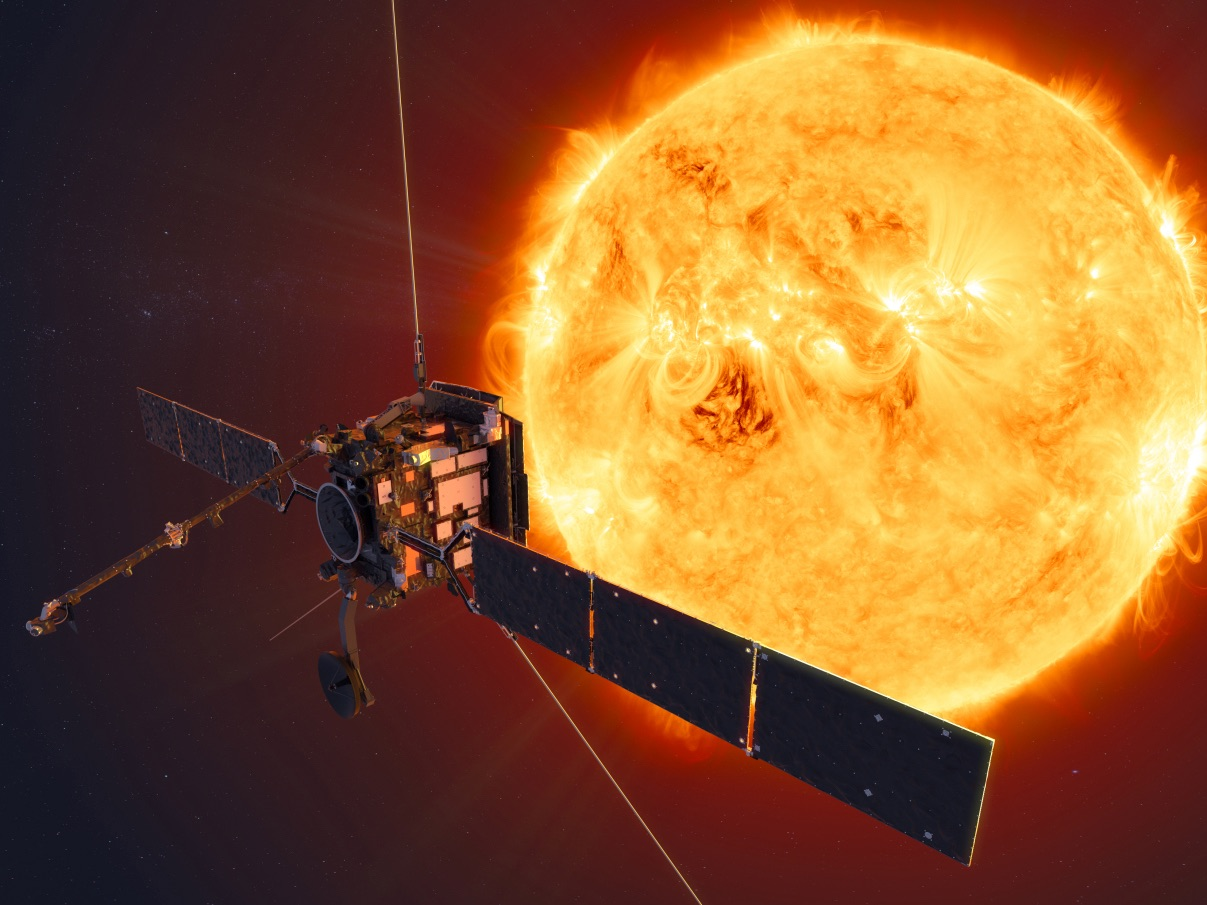- NASA and the European Space Agency are expected to launch a new spacecraft toward the sun on Sunday, and you can watch it live.
- The Solar Orbiter will fly around the sun’s poles and photograph them, and also help scientists study space weather.
- NASA TV will broadcast the launch – watch via the embed below.
- Visit Business Insider’s homepage for more stories.
An international effort between space agencies will launch a new spacecraft toward the sun on Sunday night, and you can watch it live.
In a joint mission, the European Space Agency (ESA) and NASA are set to launch the Solar Orbiter at 11:03 p.m. ET on Sunday, February 9, from Cape Canaveral, Florida.
Assuming that all goes smoothly, the spacecraft will then travel millions of miles to reach the sun, using the gravitational pull of Venus and Mercury for a boost along the way.
In about three years, it will settle into an orbit that takes it outside of the plane of our solar system, circling the sun at an angle 24 degrees above its equator.
The Solar Orbiter mission

The Solar Orbiter's orbit will give it an unprecedented look at parts of the sun we've never been able to see before. Almost all solar imaging so far has been limited to the plane in which Earth orbits the sun.
So one of the mission's primary goals is to capture images of the sun's north and south poles.
"Now, we'll be able to look down on the sun from above," Russell Howard, a principal investigator for one of Solar Orbiter's 10 instruments, said in a release from NASA.
Scientists believe the data the Solar Orbiter collects could help them answer some lingering questions about our star: How do the darker spots on the sun, called coronal holes, impact the sun's weather? How do solar storms start?
"There are still basic mysteries about our star that remain unsolved," Yannis Zouganelis, an ESA scientist working on the mission, said in a briefing on January 27.

The measurements the spacecraft takes are also expected to yield new insights into the sun's magnetic field and the solar wind that carries electrically charged particles throughout the solar system.
That wind can mess with technology on Earth. A solar storm in 1989 knocked out Quebec's power for about nine hours. Interactions of charged particles from the sun with Earth's atmosphere also create aurorae.
"This is really exploratory science," said Daniel Müller, an ESA mission project scientist, said in NASA's announcement.
The Solar Orbiter is the world's second major mission to the sun in two years - the Parker Solar Probe launched in August 2018. The spacecraft will work together to measure some of the same eruptions on the sun from different distances.
The Sunday launch has a two-hour window.
Watch it live below via NASA TV or on NASA's live Solar Orbiter blog.
